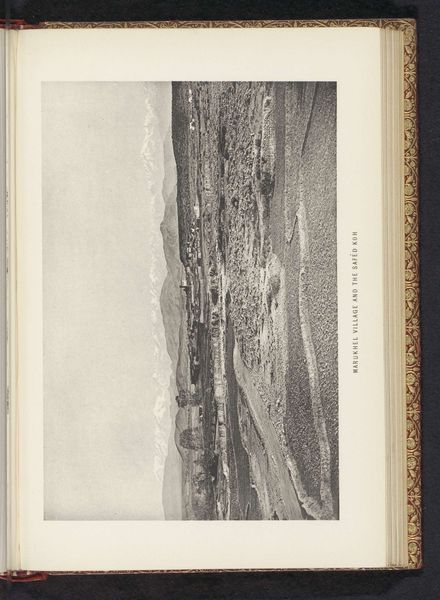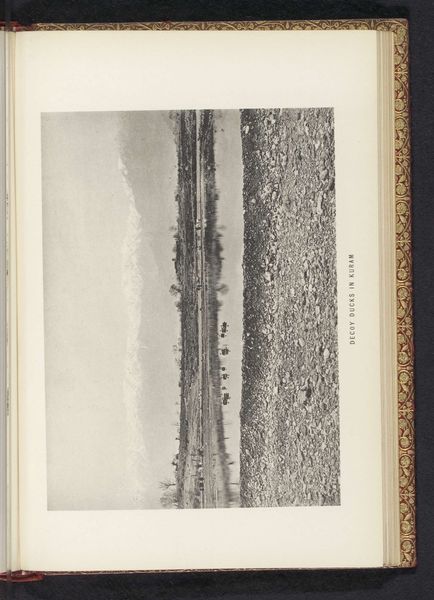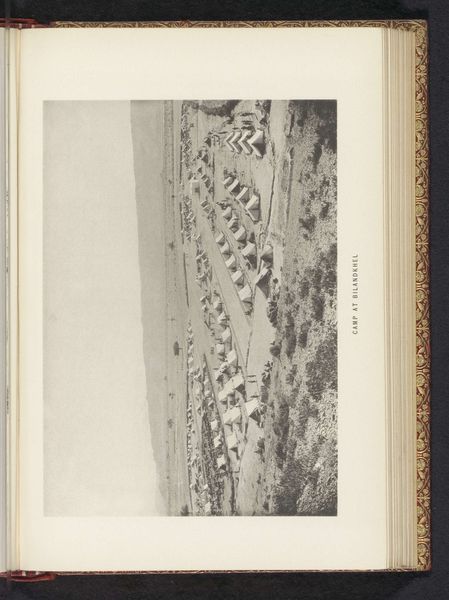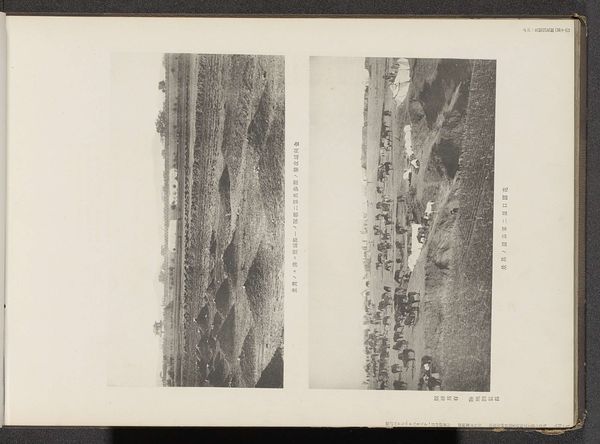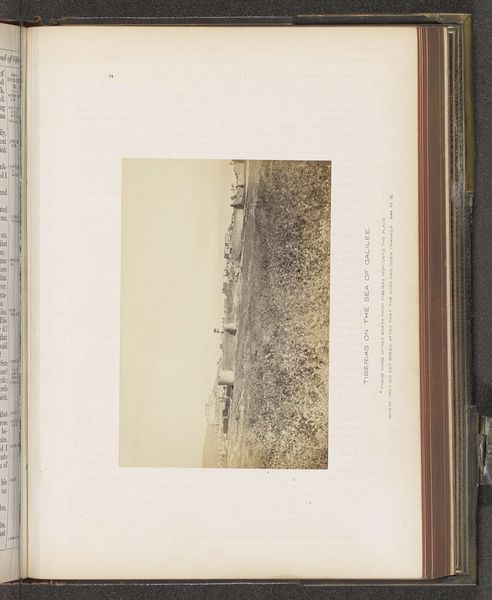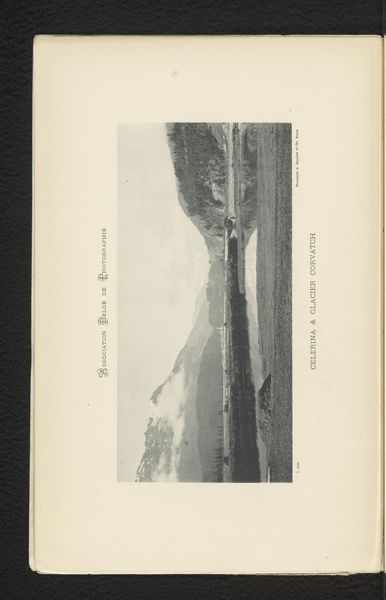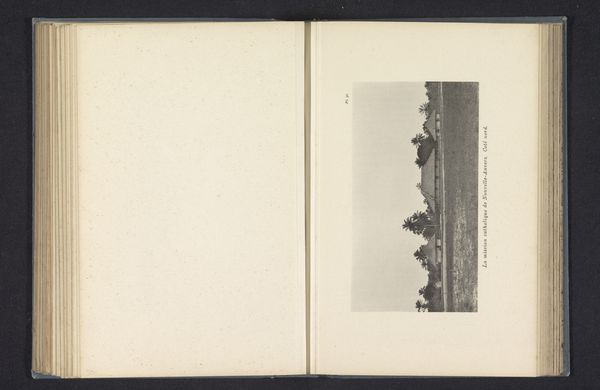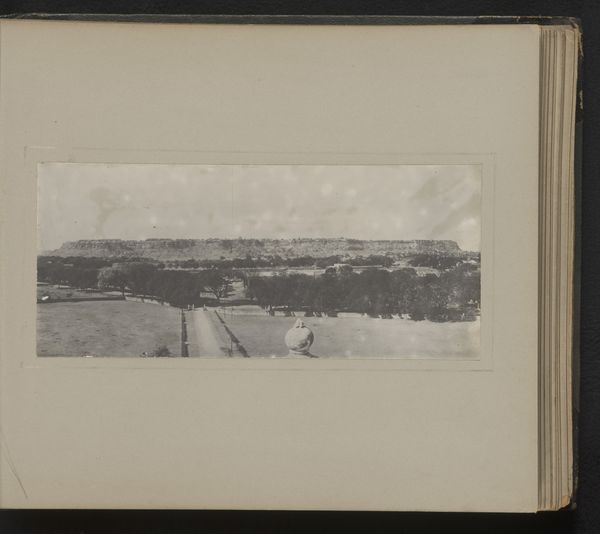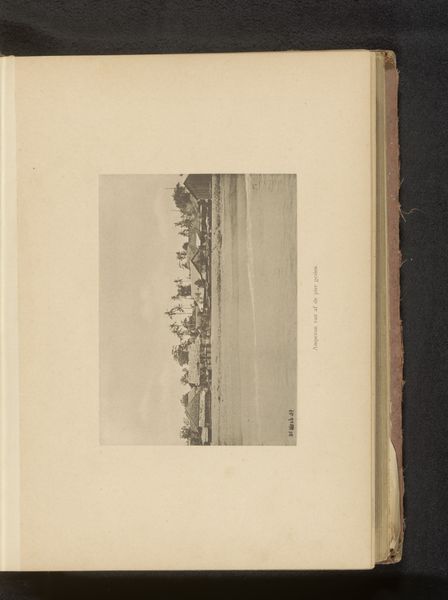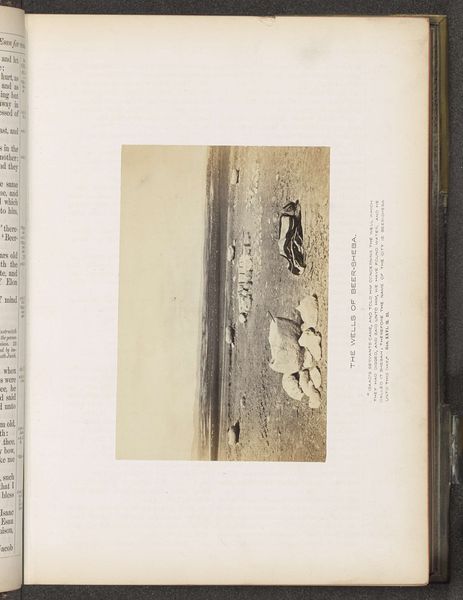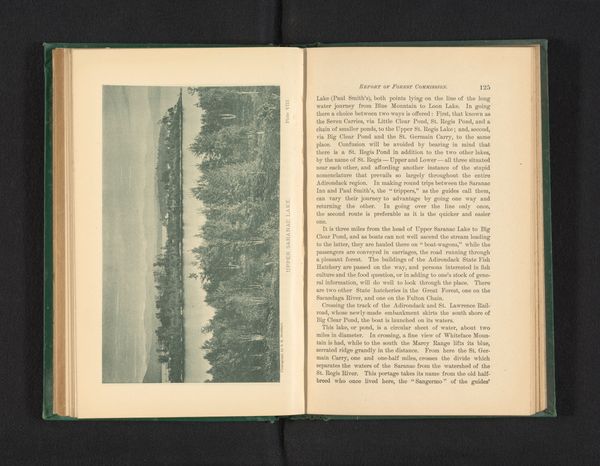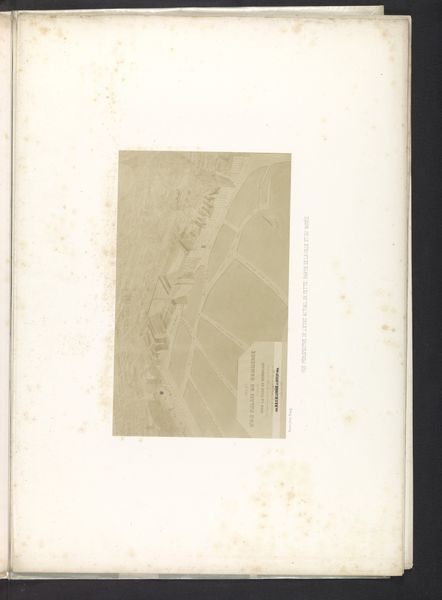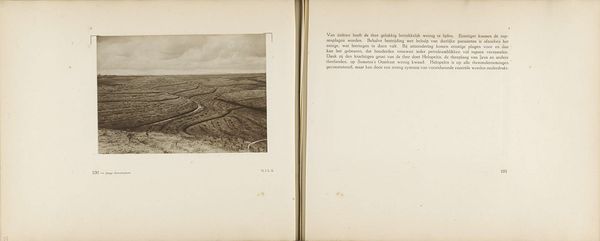
print, photography, albumen-print
# print
#
landscape
#
photography
#
coloured pencil
#
mountain
#
albumen-print
Dimensions: height 119 mm, width 170 mm
Copyright: Rijks Museum: Open Domain
Curator: Here we have a compelling albumen print from before 1895 by Frederick Saint John Gore, titled "Jamrúd at the mouth of the Khyber." Editor: It strikes me immediately as stark, almost desolate. The vast open space, coupled with that distant fortress… there's a sense of both vulnerability and silent strength. Curator: Absolutely. Gore’s choice of albumen print would’ve lent a distinct sheen and clarity to the details. Look at the texture of the ground and the way the light interacts with the fort's structure. The material process emphasizes a crisp realism, but the final tonal range evokes an uncanny dream. Editor: Considering this was shot at the mouth of the Khyber Pass, a historically significant gateway and site of countless conflicts, I wonder about its intended audience. Were these images meant for an imperial viewership, to showcase their reach? Or was it for something else? Curator: The act of creating the albumen print itself – the delicate chemical processes involved – and consider the photographer, Frederick Saint John Gore, most likely an English colonial official. He’s engaging in both documentation and claiming the land by documenting the materials as property of the Empire. This landscape became an instrument. Editor: And, of course, what of the people *not* pictured? The omission of local populations subtly reinforces the idea of British dominion over this space. The unpeopled landscape, paradoxically, becomes a powerful political statement. Curator: Precisely. By fixing this image onto paper using these material means, he's not just creating a photograph; he is materially reinforcing a certain ideology and social hierarchy. Photography, in this context, is another tool of Empire. Editor: Thinking about the larger cultural sphere that circulated photography at this time opens up these photographs for interpretations and manipulations. It becomes part of a bigger visual language to consider the material that has lasting historical effects. Curator: Agreed. It reveals so much more than a simple snapshot of a place, doesn't it? It’s a convergence of intent, technology, and socio-political forces. Editor: Yes, that initial impression of desolation is just the beginning of a deeper engagement with the print's cultural significance and visual complexity. Curator: And understanding the materials gives such deeper dimension of political statement about ownership, I had not originally conceived.
Comments
No comments
Be the first to comment and join the conversation on the ultimate creative platform.
